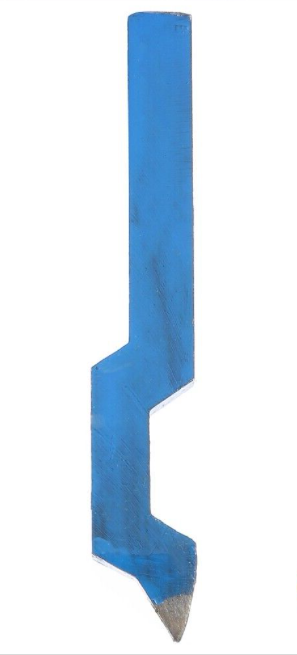- Joined
- Jan 4, 2021
- Messages
- 1,777
I’ve got the same set, had for longer than I can guess. I do recall that they were sold by X-Acto as modeling C-Clamps, and I thought they claimed to be made out of Magnesium (they are really light).I have four small aluminum C clamps that I use fairly often. They range from 5/8" throat, 7/8" opening to 1-1/4" throat, 1-3/8
opening and are made from 1/2" stock. I use them for holding small pieces together while I drill mating holes, for work stops on my vise when machining multiple pieces amongst other things. They are perhaps the most used clamps in my shop.
View attachment 432047
While I don’t use often, they are very handy, and there are times I wish I had a second set since you usually need to use in matched pairs. I guess I should add to my list for Cabin Fever.


![IMG_0004[1].JPG](/data/attachments/389/389343-375500ffc897632c1734b4c9bf049c7f.jpg)
